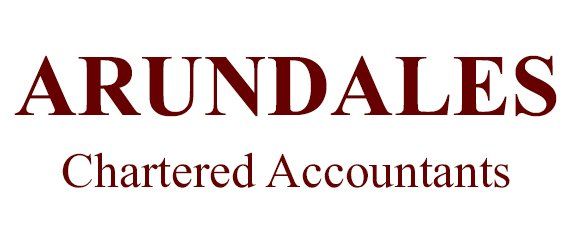CREATINGJOBS
| Property or lease premium or transfer value | SDLT rate |
|---|---|
| Up to £500,000 | Zero |
| The next £425,000 (the portion from £500,001 to £925,000) | 5% |
| The next £575,000 (the portion from £925,001 to £1.5 million) | 10% |
| The remaining amount (the portion above £1.5 million) | 12% |
Higher rates for additional properties
| Property or lease premium or transfer value | SDLT rate |
|---|---|
| Up to £500,000 | 3% |
| The next £425,000 (the portion from £500,001 to £925,000) | 8% |
| The next £575,000 (the portion from £925,001 to £1.5 million) | 13% |
| The remaining amount (the portion above £1.5 million) | 15% |
Comment
The Chancellor stated that property transactions fell by 50% in May and that house prices have fallen for the first time in eight years. However, as the housing market is so important to the economy the Chancellor is hoping that the SDLT changes will drive growth and create jobs.
The average stamp duty liability will apparently fall by £4,500 and almost nine out of ten people buying a main home this year will pay no stamp duty at all.
Other existing rules relating to SDLT remain unchanged, including:
- the 3% higher rate for purchases of additional dwellings applies on top of the revised standard rates above for the period 8 July 2020 to 31 March 2021
- companies as well as individuals buying residential property worth less than £500,000 will also benefit from these changes, as will companies that buy residential property of any value where they meet the relief conditions from the corporate 15% SDLT charge.
Comment
Both Scotland and Wales have their own versions of SDLT, namely the Land and Buildings Transaction Tax and the Land Transaction Tax. The devolved governments may well react to the Chancellor's announcement with their own plans.



